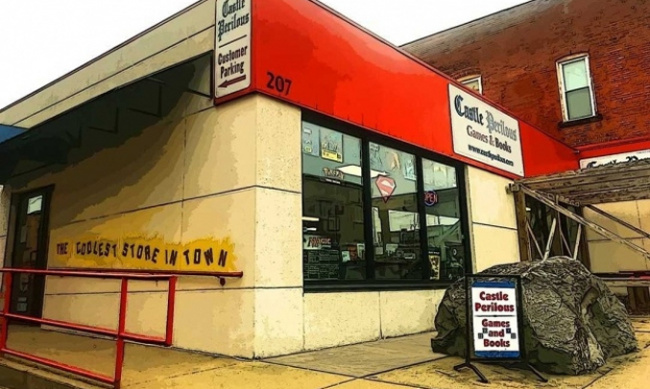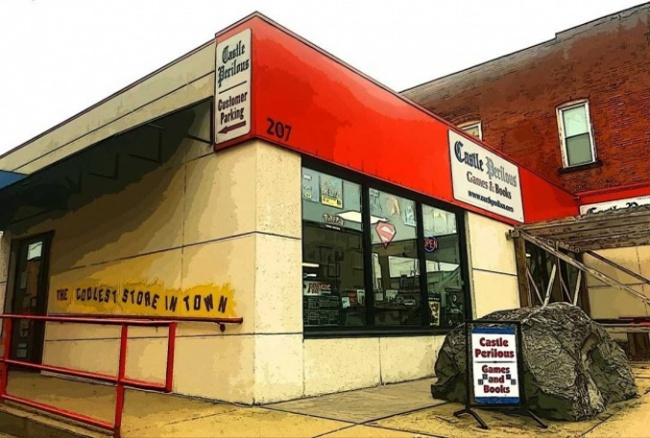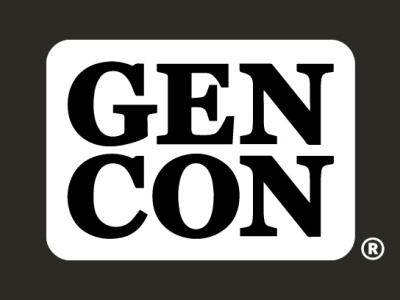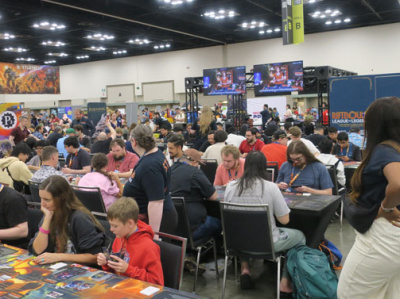In case you missed the report this past Friday, the U.S. economy continued its run of adding jobs for the 17th straight month with unemployment dropping to 3.6%, according to The Wall Street Journal. While good overall (who does not want to see more people employed), there were a couple worrisome factors if one looks a little bit deeper at the numbers:
Decline in retail and warehousing. Jobs in retail stores, online stores, warehousing and product distribution continued to decline, dropping about 15% in the past six months, according to the New York Times. This trend is getting back to pre-pandemic norms in the United States as jobs in retail product stores had been slowly declining for several years.
Increase in service related jobs. Demand for services, which dropped drastically during the pandemic, turned around starting in 2021, but has dramatically increased over the past couple of years. Beaches and pools are so strapped for lifeguards they are hiring retirees part time for the position.
What are the implications for the game (and comics) industries? During the epidemic, people couldn't buy services. Visits to restaurants, barbers, amusement parks, theaters, etc. all dropped off dramatically, to the point where hundreds of thousands of service providers laid off employees, hunkered down and hoped to survive until the pandemic waned. Meanwhile, customers had money now they would have typically spent on services and entertainment. That money now either went into savings (savings rates at in 2020 went from 7% pre-pandemic to as high as 33%) or got spent on buying stuff. These were the times when stores saw a boom in jigsaw puzzle sales and home deliveries.
As the pandemic waned and people started heading out to stores, those savings rates started to fall, and customers started spending that saved money on stuff. Many hobby game and comic stores reported seeing their best sales ever during 2021 and 2022. Now, while most stores still report good sales, they are not seeing the customer coming in with fistfuls of cash wanting to spend it. U.S. customers have blown through that accumulation of cash (which accounted for the sharp rise in inflation over the last couple of years as well) and are shifting back to consumption patterns like those established prior to the pandemic, namely low savings rates, and more emphasis on spending on services and experiences.
The jobs report showed less demand for product-based retail employment and greater demand for service-based jobs. This could pose a problem for shops that focus on product sales and de-emphasize events, as customers have shown that they want events and experiences more. How does one respond to this?
One way is to embrace experiential retail, and make visiting the store an experience. Customers are seeking new experiences, so give them one with announcements of new products arriving, additions to store decor, or shifting products from one location to another. It is amazing how often stores can shift a product from one location to another to another, and suddenly, items that have sat on the shelf for month suddenly start selling as customers spy items that they had not noticed before. Regularly shifting products from one spot to another is a simple way to change up shopping and make visiting the FLGS more experiential, just as customers are seeking such.
Comments? Send them to castleperilousgames@gmail.com.
The opinions expressed in this column are solely those of the writer, and do not necessarily reflect the views of the editorial staff of ICv2.com.









